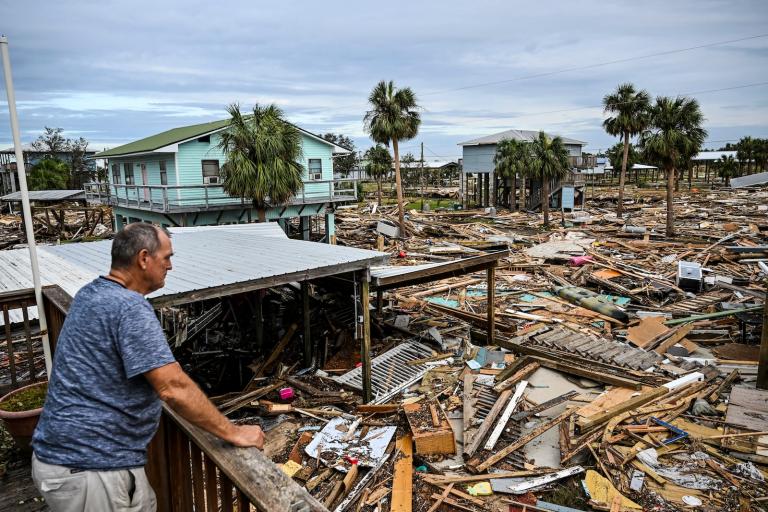The Obama administration just made a fairly significant move on climate change, and it flew right under the radar.
To explain, let me back up a bit.
How much damage does a ton of carbon emissions do? That dollar figure is known as the “social cost of carbon” and it is, as economist Frank Ackerman put it a few yeas ago, “the most important number you’ve never heard of.”
Why does it matter? Because the U.S. government uses it to assess the costs and benefits of regulatory action. The higher the social cost of carbon, the more action can be economically justified.
Specifically, regulations are assessed by the White House Office of Management and Budget (OMB). (There are reasons to lament that process, but put them aside for now.) The OMB runs cost-benefit analysis on every big regulation that issues from the executive branch.
One thing Obama doesn’t get enough credit for is the Interagency Working Group on Social Cost of Carbon, which his administration convened to establish a social cost of carbon that OMB and other agencies can use in assessing carbon-related regulations. In 2010, the working group released its report [PDF]. While there’s no single, final number given as a social cost of carbon — there’s a range, depending on discount rates and estimates of climate impacts — the number “in the middle,” the one that became the headline, was $24. (That’s for 2015; it rises year on year.)
There are reasons to think that number is way too low, but I had pretty much assumed we were stuck with it for the duration.
Well, well, well.
Last week, the White House put up a blog post touting new energy-efficiency standards for microwave ovens. Thrilling, right? Halfway down, it mentions that “the underlying analysis of these standards includes an update to the social cost of carbon values.”
Oh?
Sure enough, over on OMB’s website we find a “Technical Update of the Social Cost of Carbon for Regulatory Impact Analysis” [PDF], dated May 2013. It doesn’t change the basic mechanics of the earlier analysis — same discount rates, same emission scenarios, same climate sensitivity. All it does is update the climate impact models (the “Integrated Assessment Models”) to reflect the most recent versions used in the peer-reviewed literature.
Here’s the result:
The [social cost of carbon] estimates using the updated versions of the models are higher than those reported in the 2010 [report]. By way of comparison, the four 2020 SCC estimates reported in the 2010 [report] were $7, $26, $42 and $81 (2007$). The corresponding four updated SCC estimates for 2020 are $12, $43, $65, and $129 (2007$).
You don’t have to be an economist to see that the second set of numbers is about 60 percent higher than the first. Why the big jump? It sounds like it mostly had to do with the models updating their estimates of damage from sea-level rise, though there are several other factors as well. (Suffice to say, the news from climate scientists lately has not been good.)
Regardless, this is really something to pause and take note of:
The federal government just bumped up the cost of carbon by 60 percent. This will, all things being equal, increase by 60 percent the amount of carbon mitigation that can be economically justified. That’s a big deal, especially in light of the fact that EPA regulations are going to make (or break) Obama’s second-term climate legacy.
It won’t alter the politics of those regulations, and sadly, political considerations generally count for more than cost-benefit analysis. So this may not have any big short-term impacts. Nonetheless, if this number stays on the books — and if the government continues to update it based on the latest science — it will eventually worm its way deep into the regulatory apparatus and do something that no amount of argument and advocacy have been able to do: force the federal government to properly value the climate.



